作者简介
塞巴斯提奥·萨尔加多,1944年2月8日生于巴西摩里斯。1975年起,他先后成为法国伽玛图片社和马格南图片社的记者。
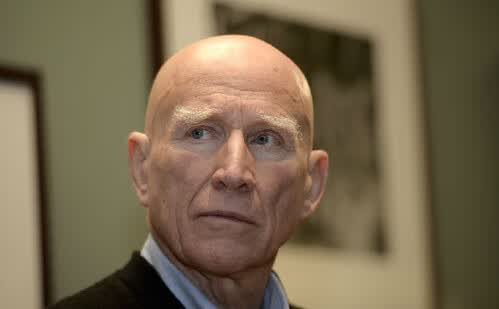
摄影师-萨尔加多的相关经历
《EXODUS SEBASTIAO SALGADO流离 萨尔加多》
Hardcover: 432 pagesPublisher: TASCHEN; Pck Har/Pa edition (9 Jun. 2016)
Language: English
ISBN-10: 3836561301
ISBN-13: 978-3836561303
Product Dimensions: 25.4 x 4.3 x 33.5 cm
内页展示
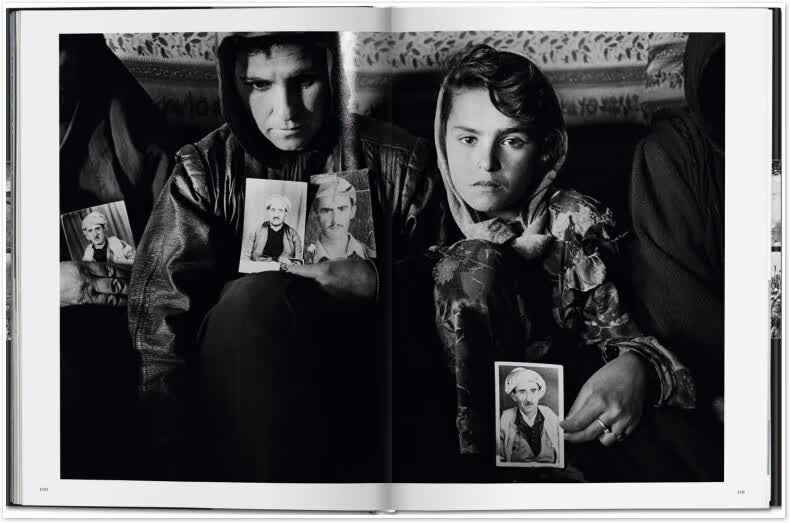
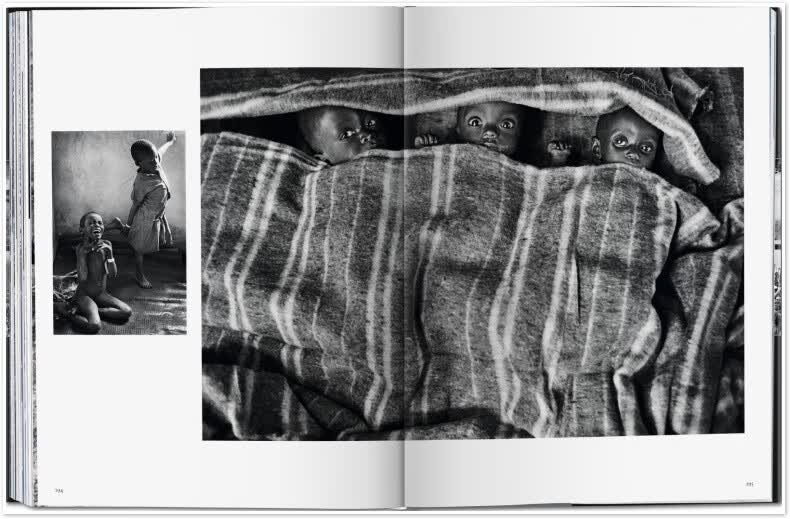
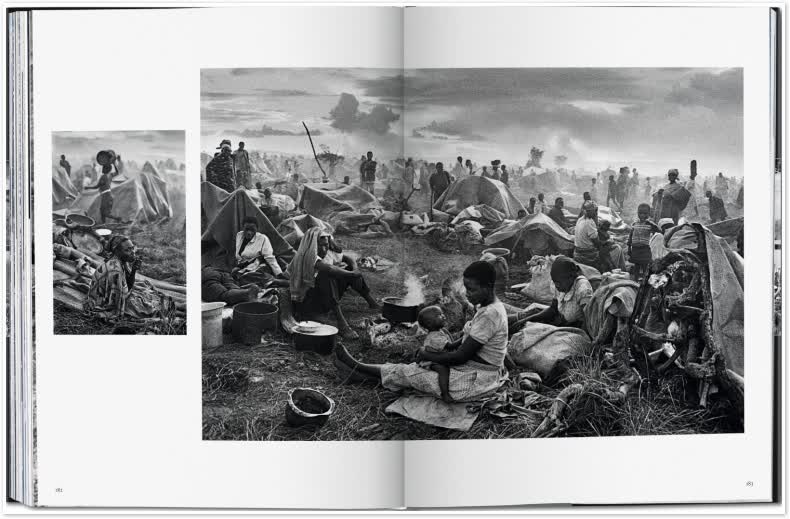
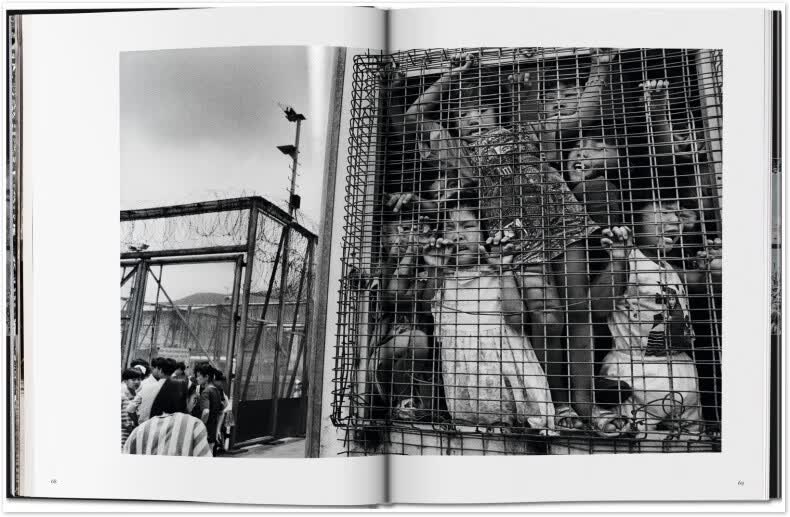

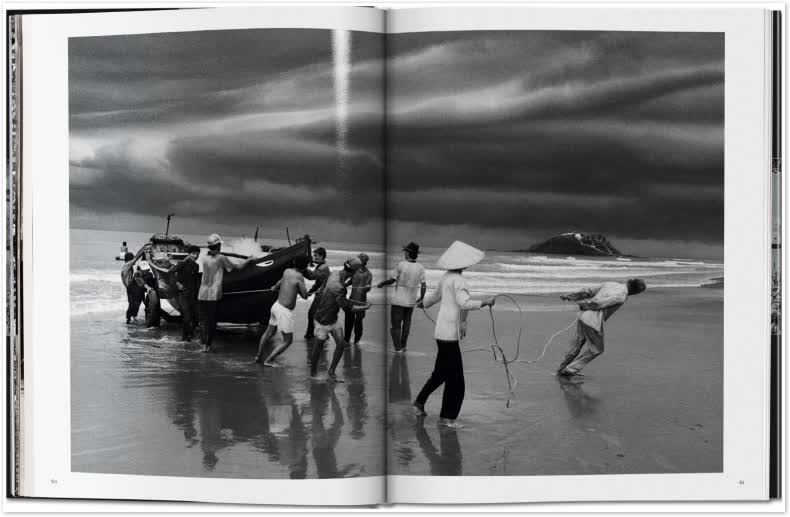

自塞巴斯蒂昂萨尔加多公布“流离”,至今见证了一代人的成长,它讲述,充满人权运动的世界各地的故事,16年来几乎没有改变。其他外部因素可能会改变,冲突的关系从卢旺达向叙利亚重新部署,但离开家园的人讲同一个故事:贫困、苦难和希望的曙光,伴随着巨大的心理之旅绘制,以及身体的辛劳。
萨尔加多花了六年,来探访过35个国家的道路上的难民,在难民营,在拥挤的城市贫民窟,新移民往往在这些地方定居。他的项目包括拉美人民进入美国,犹太人离开前苏联,科索沃人窜入阿尔巴尼亚,卢旺达胡图族难民,以及一“船民”阿拉伯人和撒哈拉以南的非洲人试图越过到达欧洲地中海。他的作品包括那些有明确目的知道自己去哪里的人们和那些只是在逃亡,如释重负地活着,并没有受伤足以逃跑的人们。他面对的面孔在苦的情况下,都有着尊严和同情,但也有暴力、仇恨、和贪婪的许多破坏的痕迹。
Humanity on the move: Sebastiao Salgado s searing reportage of exiles, migrants, and refugeesIt has been almost a generation since Sebastiao Salgado first published Exodus but the story it tells, of fraught human movement around the globe, has changed little in 16 years. The push and pull factors may shift, the nexus of conflict relocates from Rwanda to Syria, but the people who leave their homes tell the same tale: deprivation, hardship, and glimmers of hope, plotted along a journey of great psychological, as well as physical, toil.Salgado spent six years with migrant peoples, visiting more than 35 countries to document displacement on the road, in camps, and in overcrowded city slums where new arrivals often end up. His reportage includes Latin Americans entering the United States, Jews leaving the former Soviet Union, Kosovars fleeing into Albania, the Hutu refugees of Rwanda, as well as the first boat people of Arabs and sub-Saharan Africans trying to reach Europe across the Mediterranean sea. His images feature those who know where they are going and those who are simply in flight, relieved to be alive and uninjured enough to run. The faces he meets present dignity and compassion in the most bitter of circumstances, but also the many ravaged marks of violence, hatred, and greed.With his particular eye for detail and motion, Salgado captures the heart-stopping moments of migratory movement, as much as the mass flux. There are laden trucks, crowded boats, and camps stretched out to a clouded horizon, and then there is the small, bandaged leg; the fingerprint on a page; the interview with a border guard; the bundle and baby clutched to a mother s breast. Insisting on the scale of the migrant phenomenon, Salgado also asserts, with characteristic humanism, the personal story within the overwhelming numbers. Against the indistinct faces of televised footage or the crowds caught beneath a newspaper headline, what we find here are portraits of individual identities, even in the abyss of a lost land, home, and, often, loved ones.At the same time, Salgado also declares the commonality of the migrant situation as a shared, global experience. He summons his viewers not simply as spectators of the refugee and exile suffering, but as actors in the social and political shifts of global information, urbanization, environmental damage, and vast discrepancies in wealth, which all contribute to the migratory phenomenon. As the boats bobbing up on the Greek and Italian coastline brought migration home to Europe like no mass movement since the Second World War, Exodus cries out not only for our heightened awareness but also for responsibility and engagement. In face of the scarred bodies, the hundreds of bare feet on hot tarmac, our imperative is not to look on in compassion, but in Salgado s own words, to temper our political, economic, and environmental behaviors in a new regimen of coexistence. "